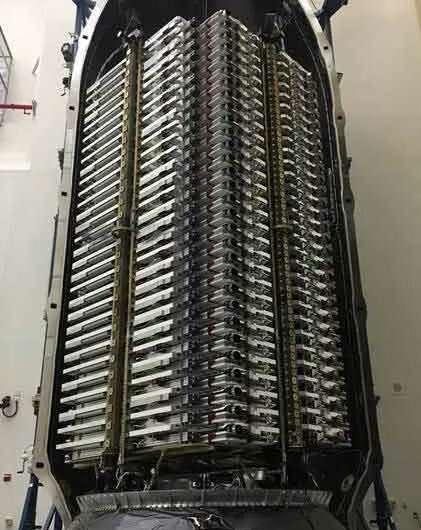You'll soon be able to access Starlink directly with your cellphone from anywhere in the US, and eventually the world

The future of satellite communications is almost upon us. SpaceX has signed a deal with T-Mobile to provide the carrier's customers with text services from its Starlink satellites anywhere in the U.S. starting next year.
It was only a matter of time before SpaceX turned its attention to the cellular industry. The company has recently ramped up its deployment of internet connectivity, allowing everyone from van lifers to remote outposts to be connected to the internet. But cell connectivity is an entirely different thing.
Most people that go to the most remote parts of the world, which amounts to half a million square miles in the U.S. alone, have to lug around expensive satellite phones if they need to reach someone. But T-Mobile and SpaceX have developed a system whereby Starlink can provide services to customers on existing T-Mobile networks, using the phones they already have in their pockets.
That is not the same as providing internet, and the system roll-out will start slowly, with only text messaging being the first of the three major cell services users expect from their carriers to roll out. Voice calls, and eventually data, will follow in the future, with no specified date for when that might be.
Starlink itself has come under plenty of scrutiny lately, as it has continued to infringe upon astronomers' images of the early night sky. The FCC is undergoing a legal battle involving SpaceX, the parent company of the Starlink system, to determine whether or not it should be eligible for an $800 million prize pool promised to the entity that provides internet to rural communities in the U.S.
Even with all the legal frustrations SpaceX has to face, it still has to deal with technical challenges as well. Supporting this new cellular infrastructure will require modifications to its existing Starlink 2.0 satellites, which were announced in June. Launching those satellites will require Starship to be operational, which still doesn't have a timeline other than potentially some time in the next few months.
That will give the company and its new cellular partner plenty of time to flesh out the technical details of their agreement. And even some time to coax other cellular providers into joining their collaboration. T-Mobile's network only reaches the U.S.—to become a genuinely global cell provider, the two companies will have to expand their Coverage Above And Beyond framework to other cell operators. So far, no one has stepped up to the plate, but there are undoubtedly conversations going on behind closed doors.
Ultimately this all leads to the future of seamless internet and cellular connectivity throughout the world, which has been the dream of technologists since the dawn of the internet. SpaceX and T-Mobile have taken another step in that direction. It remains to be seen what others will join them.





















